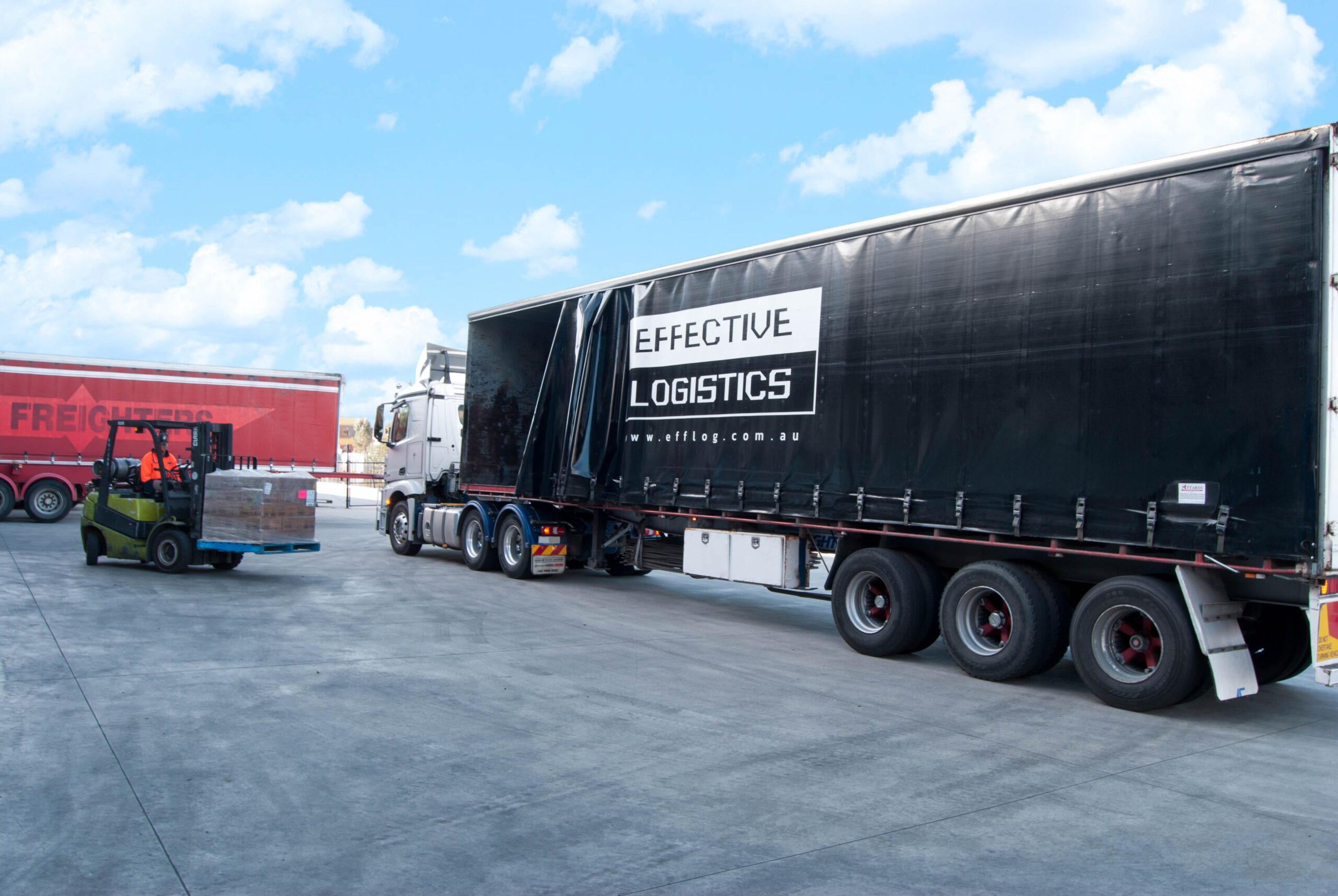To find the right 3PL partner candidates for your business in Australia, you can use matching services, industry directories, and company websites, while focusing on key factors like location, tech compatibility, industry experience, and scalability.
Choosing a third-party logistics provider that fits your goals, values, and growth plans is one of the most important decisions you’ll make. The right partner can boost efficiency, cut costs, and keep your customers happy. But the wrong one can lead to delays, mistakes, and stress.
In this article, you’ll get a clear, step-by-step process to help you identify and shortlist the best 3PL options for your needs.
Step 1: Search for Potential 3PL Partners
The first step is all about casting a wide net. The logistics industry is full of providers, each with their own strengths and limits, so it helps to start your search in the right places.
Begin by checking industry directories and associations. These give you vetted lists of providers and access to helpful resources like case studies, white papers, and webinars.
You’ll also find networking opportunities and member-only events where you can meet potential partners face-to-face.
Start your search with:
- 3PL Matching Services: Tools like OmniGrowth connect you with pre-screened 3PL partners that match your needs, often for free.
- Industry Websites and Directories: Explore directories and lists of top providers in Australia, such as CSG 3PL, Xtreme Freight, and BR International.
- Search Engines and Online Directories: Use targeted keywords like “international shipping 3PL” or “warehouse fulfilment services.” Filter results by location, capability, or industry experience.
- Direct Searches (Location Based): Look for 3PLs in key hubs like Sydney, Melbourne, Brisbane, and Perth. Proximity can lower shipping costs and speed up delivery times.
- Networking and Referrals: Ask peers, read reviews, and join industry forums to get honest insights from real experiences.
- Exhibitions and Conferences: Attend trade shows to meet providers, see demos, and stay updated on industry trends.
By using multiple search channels, you’ll build a stronger, more reliable shortlist of potential 3PL partners.

Step 2: Evaluate and Select the Right Provider
Once you’ve built a solid shortlist, the next step is to carefully evaluate each 3PL provider. This is where due diligence really matters.
You want a provider that not only looks good on paper but can actively support your business operations as it grows. Start by reviewing their performance history. Then, check whether they consistently meet delivery deadlines, maintain accurate inventory, and follow strong customer service standards.
Key areas to evaluate include in the selection process are:
- Industry Experience: Choose a partner with proven success in your field so they understand your challenges and compliance needs.
- Technology and Integration: Make sure their Warehouse Management System (WMS) can integrate smoothly with your e-commerce platform for real-time updates and clear visibility.
- Regular Communication and Support: Look for responsive staff, a dedicated account manager, and clear Service Level Agreements (SLAs) for issue resolution.
- Cost Transparency: Ask for a full breakdown of fees: storage, handling, shipping, setup, and seasonal surcharges.
- Reputation and Cultural Fit: Read reviews, check references, and make sure their values align with your brand.
Also, consider their storage capacity, transport network, and ability to scale with your business. Compare their services, financial stability, and technology to see how well they fit your long-term needs.
With a systematic, fact-based approach, you’ll be able to confidently choose a reliable 3PL partner that boosts efficiency and ensures customer satisfaction.
Step 3: Conduct Due Diligence and Finalise Your Selection
This step is all about taking a careful, final look before committing to a 3PL partner. Once you’ve narrowed your list to a few strong candidates, it’s time to dig deeper and make sure each one can genuinely deliver on what they promise.
Start by sending a clear, detailed Request for Proposal (RFP) that outlines your needs, KPIs, and evaluation criteria. This proposal helps you compare bids fairly and understand exactly what each provider offers.
Your due diligence checklist should include the following:
- Issue a Detailed RFP: Request full cost breakdowns, service details, and operational capabilities.
- Conduct Site Visits: Tour their facilities to assess workflow, cleanliness, safety, and real-world performance.
- Check Client References: Ask current clients about reliability, response times, and how well issues are resolved.
- Evaluate Communication and Cultural Fit: Make sure their communication style, values, and customer focus match your own.
- Negotiate a Strong SLA: Define key SLA components or key performance indicators (KPIs), like order accuracy and delivery speed, and include clear expectations, performance reviews, and dispute processes.
- Review Pricing and Contracts: Understand all fees, including hidden charges, seasonal surcharges, and minimum volume rules.
By following these steps, you’ll gain a clear picture of how each finalist works. This careful process helps you choose a reliable 3PL partner that strengthens your supply chain and encourages a long-term business relationship.

Find a Logistics Provider That Helps You Grow
Finding the right 3PL candidates is all about choosing providers who align with your goals, technology, and values.
When you select a partner that truly fits, you strengthen your scalability, improve efficiency, and stay competitive in a fast-moving market. The right choice supports your growth, while the wrong one can create delays and frustration.
Start your 3PL provider search today by assessing your logistics goals and shortlisting providers that can help you grow with confidence. For expert help, contact Effective Logistics on 03 8376 3300 or visit our service page to get started.

